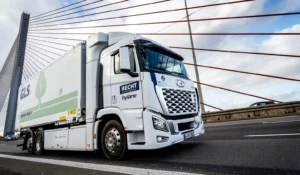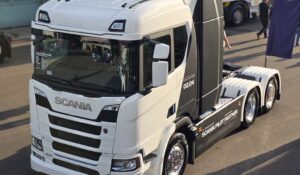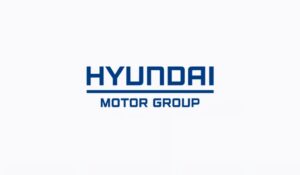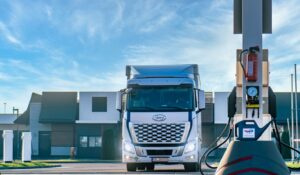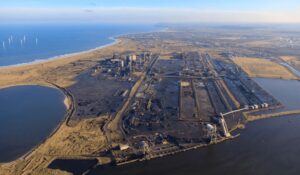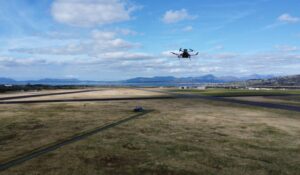Stellantis: Opel/Vauxhall announces hydrogen fuel-cell Movano van
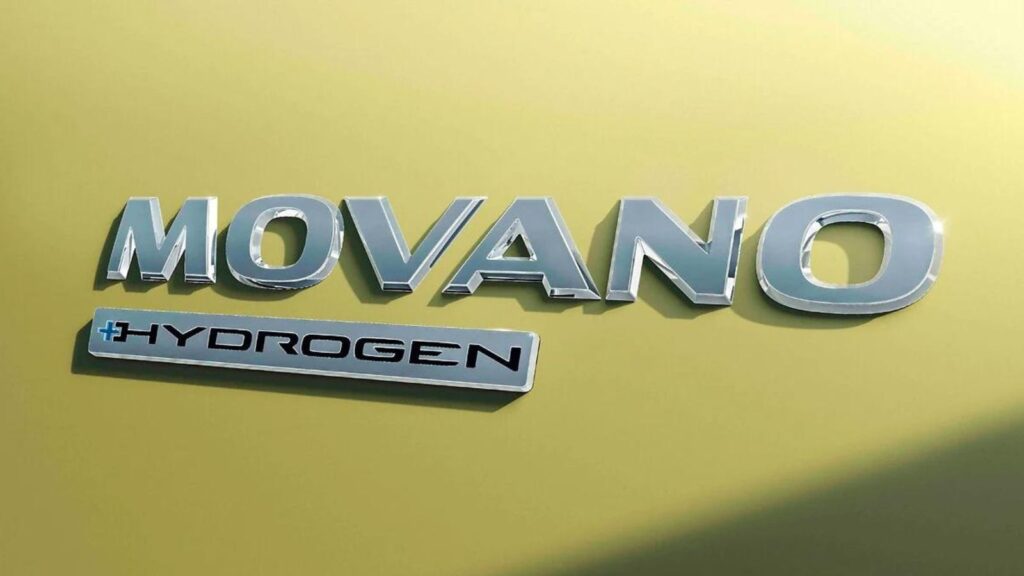
In Opel’s – and its parent company Stellantis’ – ongoing move to greener technologies, the automaker has announced that its light commercial vehicle, the Movano, will soon be available in hydrogen fuel cell vehicle (FCEV) form.
The fuel cell Movano will be launched at the IAA Transportation 2024 in Hannover on the 16th-22nd of September, later this year in 2024.
Workhorse requirements
The Opel team on the Stellantis stand will demonstrate how the hydrogen fuel cell Movano performs, without compromising its workhorse requirements in everyday commercial use.
The Movano hydrogen fuel-cell van is tailpipe-emission-free and has an expected range of up to 310 miles (500 km), which can also be refuelled in less than 5 minutes.
Opel says that the hydrogen version will offer the same payload capacity as all other variants of the base van.
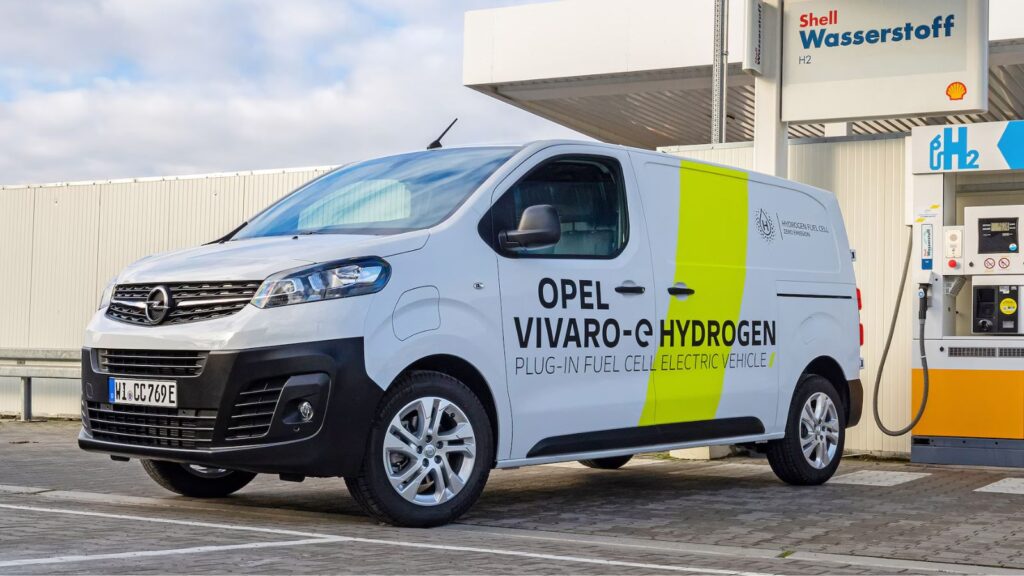
The company’s first venture into hydrogen came with the launch of the Vivaro hydrogen light-commercial van, where they integrated the fuel-cell without any requirements to modify the body and no impact on the cargo space.
The Vivaro-e hydrogen was based on the battery electric Vivaro-e, which was voted as the international “Van of the Year” by a panel of industry experts in 2021.
Benefiting from both hydrogen fuel cell and plug-in battery, the Movano’s electric motor produces 110 kW (150 hp) of power and 410 Nm of torque.
No impact on cargo space
Similar to the Vivaro-e hydrogen, the Movano’s drive technology and hydrogen tanks are housed in a space-saving manner that does not impact cargo space.
Depending on the variant, the Movano hydrogen will be able to take a max payload of 1,370 kg, which is almost identical to its more familiar diesel offering. The cargo space is again similar, offering 17 m3 of space.
Best of all for the tradies, you’ll still be able to fit an 8×4 sheet and 3 metres of pipe in the back.
We’re expecting that the Movano will be first launched into the German market similarly to the Vivaro-e hydrogen was, and then as infrastructure and demand hopefully grows, more markets will follow.

